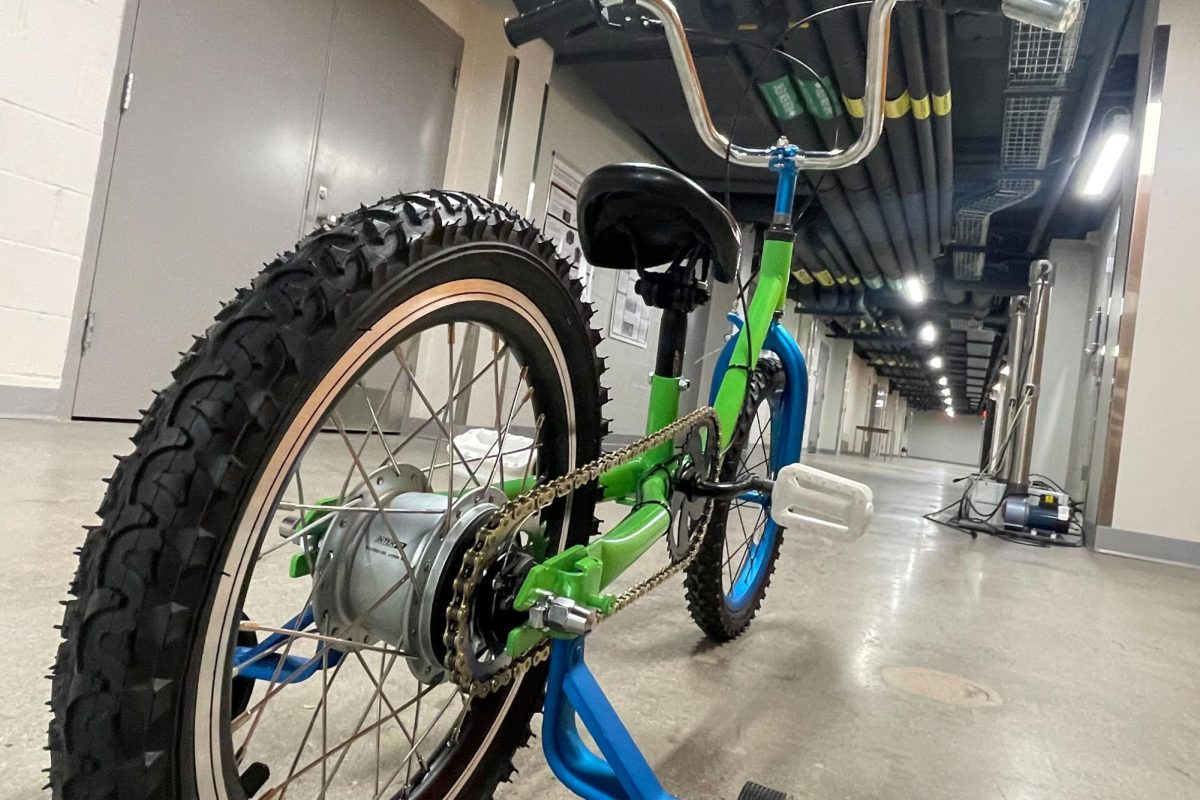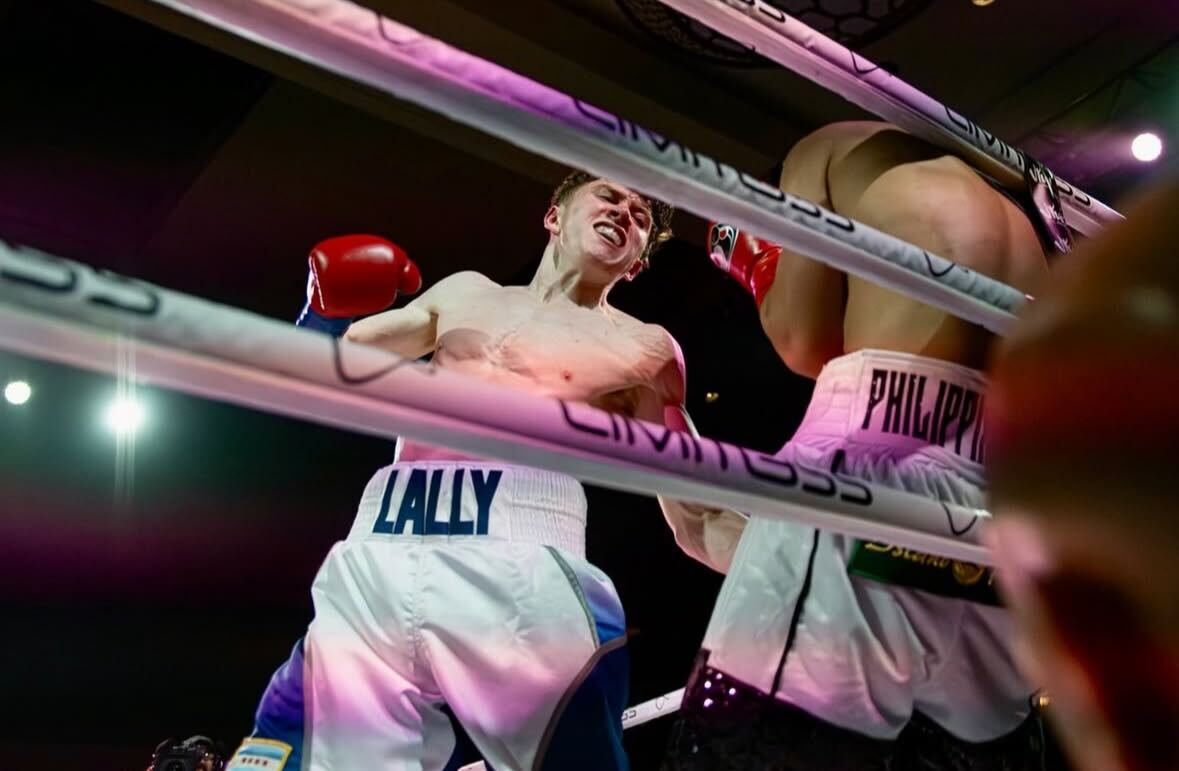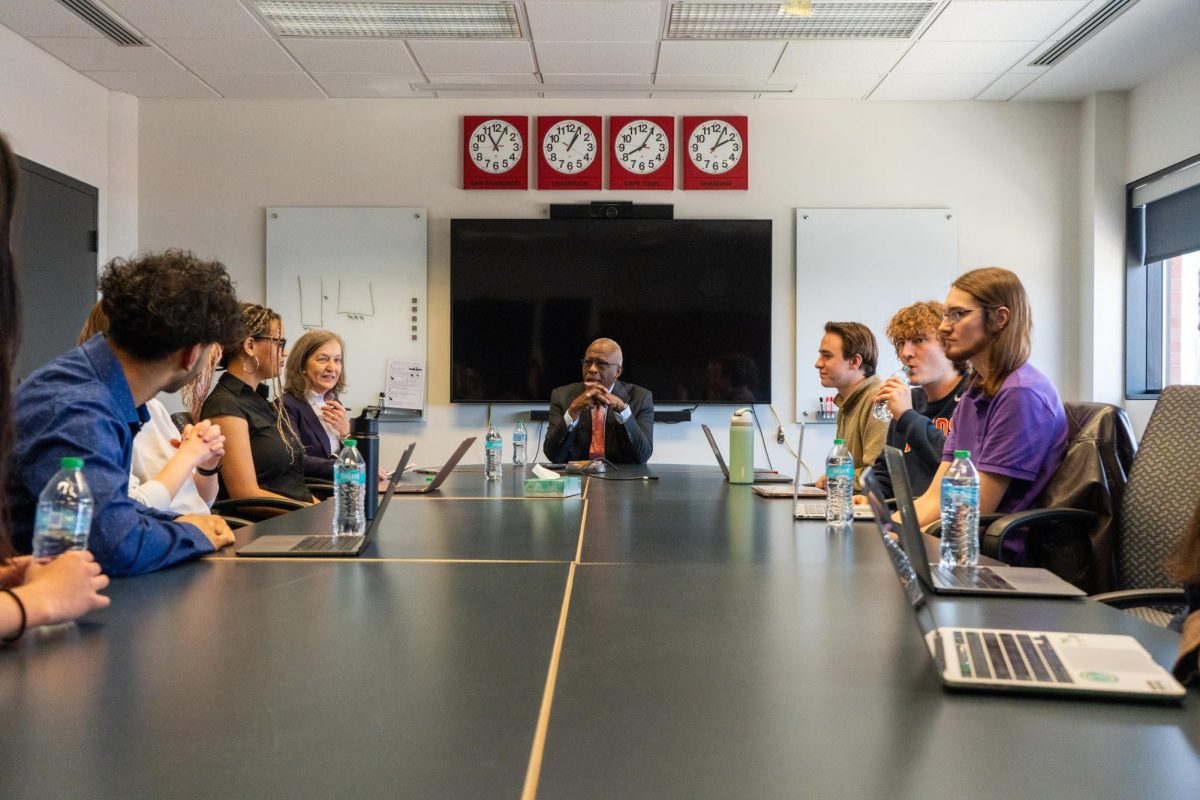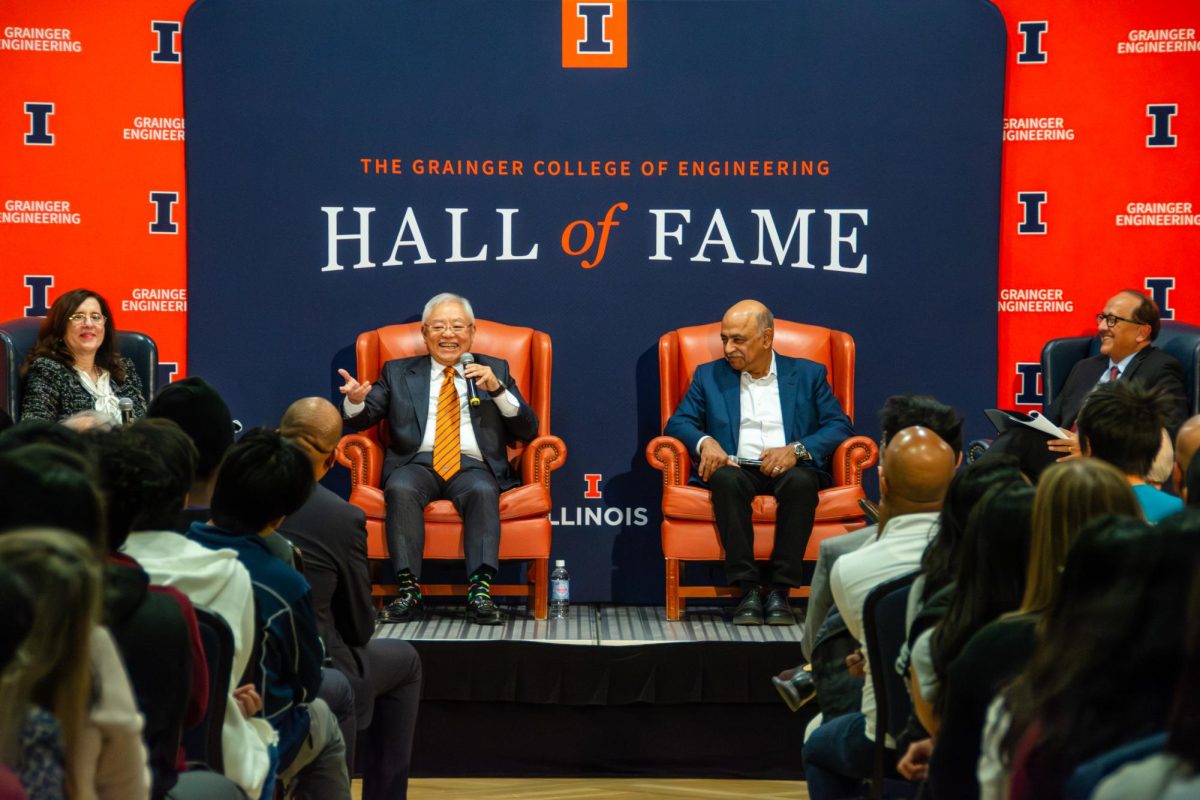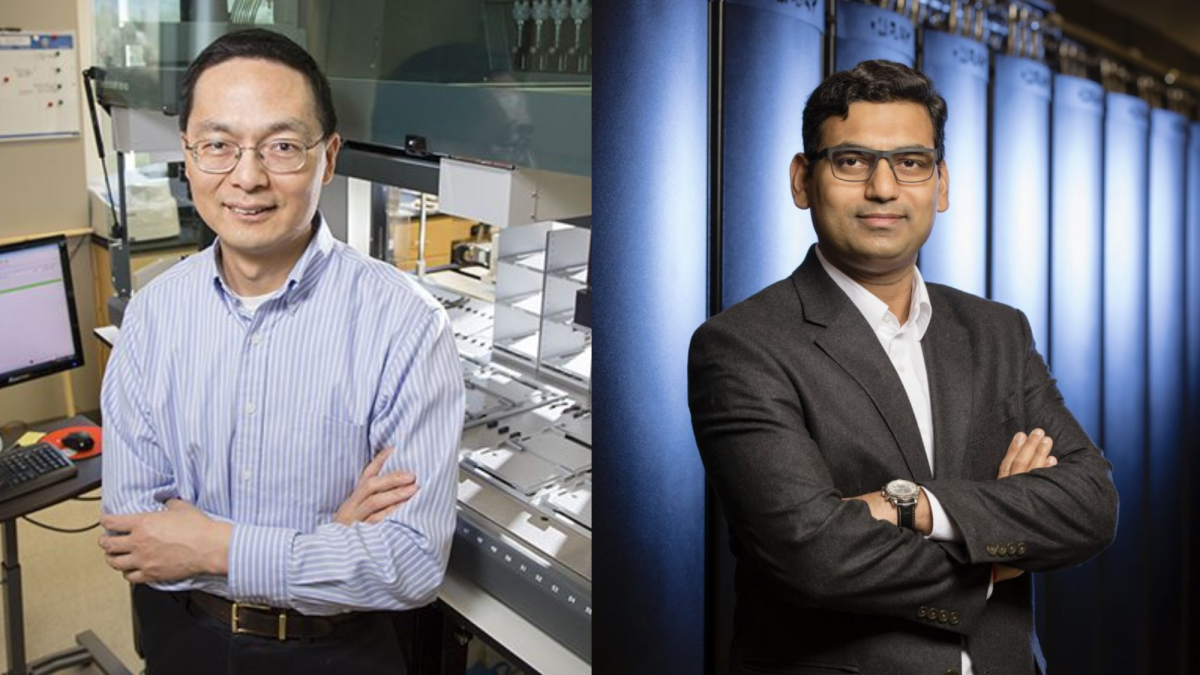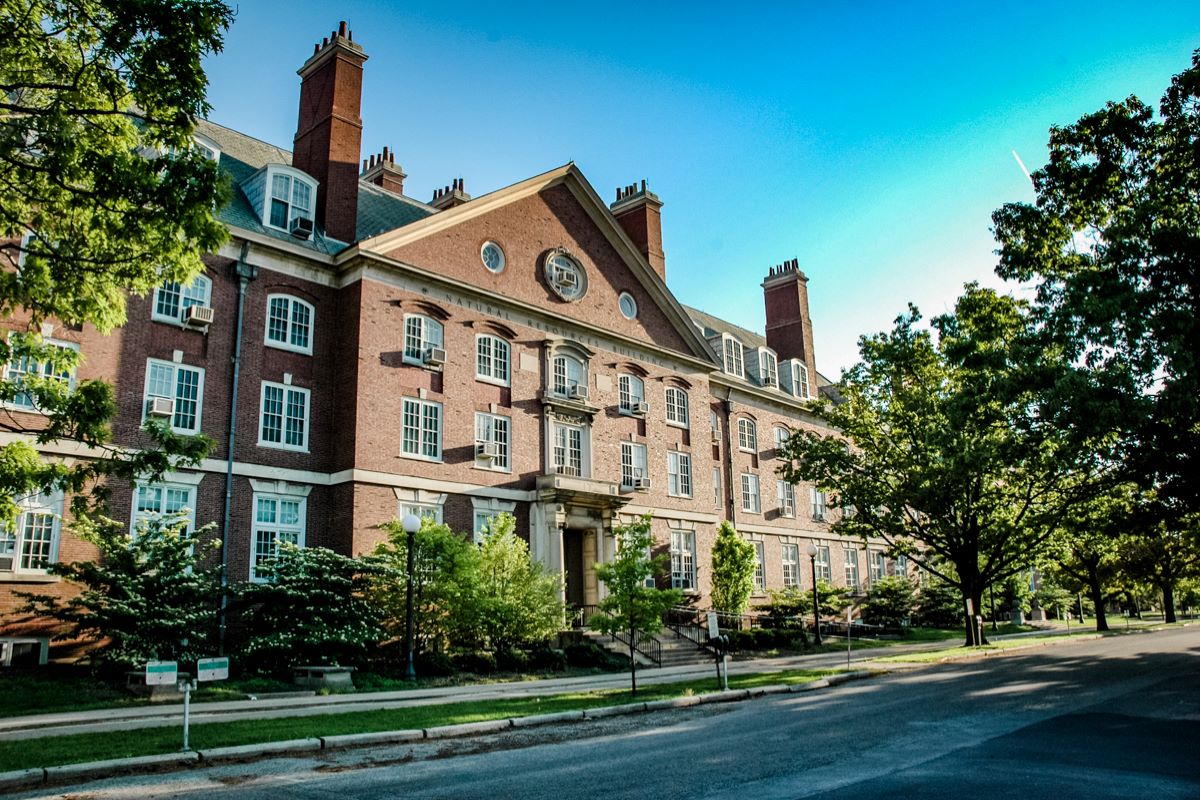Six months ago, two University alumni struggled to find a bike suited for their child, who has a form of dwarfism. After connecting with their alma mater, current University students were able to create a unique solution.
“The alumni reached out to the pediatrics department at the University of Wisconsin-Madison, and then the pediatrics department reached out to the University of Illinois’ mechanical engineering department, and we got assigned that as our senior design project,” said Henry Beauving, senior in Engineering.
Adaptive cycling for children with disabilities has been studied to encourage activity inclusion for those who cannot utilize standard bike models that don’t fulfill the rider’s needs and goals. The bike needed to be fully customized, as it is extremely difficult for a person with restricted growth to operate current models of bikes available for immediate purchase.
“There were a couple of unique features, so the frame was completely built from the ground up, and what’s unique about that is the seat is lower to the ground and closer to the pedals than a normal bike,” Beauving said. “The handlebars are as far away from the seat as a normal bike would be.”
Beauving mentioned that the unique proportions of the bike are what would cause the bike to work for Logan — drastically different from the bikes available at brick-and-mortar stores. The child’s proportions were unique, and it was a challenge to craft the perfect bike to suit his specific needs.
Get The Daily Illini in your inbox!
“The most challenging part was — well, designing it was easy,” Beauving said. “I feel like the hardest part was getting it made because we had to have a lot of people come together to get that working and it was a lot of convincing and a lot of strategy to get that done.”
The overall process of engineering the bike took about four months, with the benevolent act gaining momentum around the community and leading to donations of equipment such as bike spokes and gears to support the carefully curated project. Beauving met with Logan’s parents virtually till they got the model just right.
“We talked with them on Zoom a couple of times throughout the semester, and we showed them our 3D models,” Beauving said. “We were prepared to take criticism and we got some, so we changed the design and made it exactly how they wanted. Once that was all done, we started building.”
Effective communication and collaboration between all parties occurred throughout the bike’s creation and as the group perfected more adaptive features. Many unique design features were added to Logan’s custom bike to make the bike feel and move exactly like a standard bike.
“The other interesting design feature is that there is an internally geared hub in the back of the wheel that allows him to shift through eight gears in a self-contained system,” Beauving said. “That was critical in getting Logan the amount of torque that he needed to get the bike rolling.”
Bike torque is the rotational force applied to the pedals, determining the amount of power and acceleration that a cyclist can achieve. Torque helps a cyclist speed up, climb hills and ride smoothly.
Beauving mentioned that the most rewarding thing he gained was seeing the child on a bike perfectly suited for him, encapsulating Logan’s dream of riding a bike as any child would want at his age.
“We delivered the bike to Logan, and WGN-TV was there, and he rode it and he really loved it,” Beauving said. “The most rewarding outcome of the project is seeing Logan really excited to use his next bike. Smiling and giving him a fist-bump at the end of everything was the most rewarding.”



